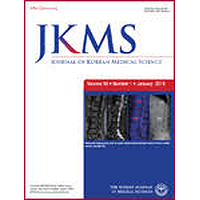Anemia is common in patients with advanced chronic kidney disease (CKD). Though erythropoiesis-stimulating agents (ESAs) have been strongly endorsed in guidelines, it is of particular financial interest. Recently, the reimbursement of ESAs in non-dialytic patients was started by the Korean National Health Insurance System. Thus, we investigated the impact of the reimbursement of ESAs on the anemia care in non-dialytic CKD patients. Medical records of patients with advanced CKD (estimated GFR < 30 mL/min/1.73 m(2)) were reviewed. Use of ESAs, blood transfusion, and hemoglobin concentrations were analyzed from one year prior to reimbursement to three years following. We used multivariable modified Poisson regression to estimate the utilization prevalence ratio (PRs). A total of 1,791 medical records were analyzed. The proportion of patients receiving ESAs increased from 14.8% before reimbursement to a peak 33.6% in 1 yr after reimbursement; thereafter, ESA use decreased to 22.4% in 3 yr after reimbursement (compared with baseline; PR, 2.19 [95% CI, 1.40-3.42]). In patients with Hb < 10 g/dL, the proportion of receiving ESAs increased from 32.1% before reimbursement to 66.7% in 3 yr after reimbursement (compared with baseline; PR, 2.04 [95% CI, 1.25-3.32]). Mean hemoglobin concentrations were 10.06 +/- 1.54 g/dL before reimbursement and increased to 10.78 +/- 1.51 g/dL in 3 yr after the reimbursement change (P = 0.001). However, the requirement of blood transfusion was not changed over time. With the reimbursement of ESAs, the advanced CKD patients were more likely to be treated with ESAs, and the hemoglobin concentrations increased.

Erythropoiesis-stimulating Agents and Anemia in Patients with Non-dialytic Chronic Kidney Disease
Review badges
0 pre-pub reviews
0 post-pub reviews
